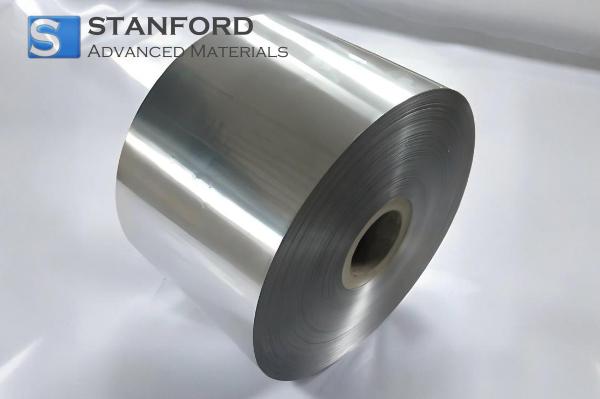Rutherfordium: Element Properties And Uses
Description
Rutherfordium is a synthetic superheavy element that exhibits distinct chemical and physical properties. Its brief half‐life confines its existence to specialised nuclear laboratories, where its quantitative characteristics are studied.
Introduction to the Element
Rutherfordium, designated as element 104, is one of the superheavy elements synthesised in advanced laboratories. As an artificially produced element, it lacks stable isotopes and exists only for a short period before decaying into lighter elements. Its discovery was achieved through advanced nuclear experiments, wherein heavy targets were bombarded with lighter ions.
Description of the Chemical Properties
The chemical properties listed below are largely theoretical owing to the element’s rapid decay. It is expected to belong to Group 4 of the periodic table. Its behaviour is predicted to be comparable to that of lighter elements such as zirconium and hafnium. Under standard conditions, the element is expected to exhibit an oxidation state of +4, although other oxidation states may occur under specific experimental conditions.
Physical Properties
The physical properties of Rutherfordium are difficult to determine directly because of its extremely short half‐life. Researchers have deduced that it will exhibit metallic characteristics of transition metals. Its density is predicted to be high based on theoretical calculations, and it is expected to be a solid under standard conditions. Specific details such as the precise melting and boiling points remain unascertained given the practical challenges in synthesising and isolating measurable quantities of the element. Ongoing research and improved experimental techniques may, consequently, provide more quantitative information concerning these physical properties. Further information is available at Stanford Advanced Materials (SAM).
Common Uses
Owing to its inherent instability and the difficulty in producing it in substantial quantities, the use of Rutherfordium is extremely limited. Its primary application is in scientific research, where it is employed to investigate the limits of the periodic table and the nature of nuclear forces. Experiments involving Rutherfordium support the refinement of particle detection methods and contribute to research in nuclear chemistry.
Preparation Methods
The preparation methods for Rutherfordium are highly specialised and are implemented only in advanced nuclear laboratories. Typically, a heavy target, for example Californium, is bombarded in a particle accelerator with lighter ions such as oxygen or neon. This process creates the conditions required for nuclear fusion and results in the formation of only a few Rutherfordium atoms.
Frequently Asked Questions
What is Rutherfordium?
Rutherfordium is a synthetic superheavy element with atomic number 104. It is produced in specialised nuclear laboratories and is known for its fleeting existence.
How is Rutherfordium synthesised?
It is produced via advanced nuclear reactions wherein heavy targets are bombarded in particle accelerators with lighter ions.
Why are its physical and chemical properties difficult to determine?
Due to its exceptionally brief half‐life and the production of only a few atoms at a time, direct measurements are highly challenging.
What is Rutherfordium typically used for?
Rutherfordium is used exclusively in scientific research to enhance the understanding of nuclear reactions and the limits of the periodic table.
What impact does research on Rutherfordium have on industrial products?
The techniques developed for the synthesis of Rutherfordium have contributed to innovations in areas such as nuclear detection, radiation protection, and materials for high energy applications.

 Bars
Bars
 Beads & Spheres
Beads & Spheres
 Bolts & Nuts
Bolts & Nuts
 Crucibles
Crucibles
 Discs
Discs
 Fibers & Fabrics
Fibers & Fabrics
 Films
Films
 Flake
Flake
 Foams
Foams
 Foil
Foil
 Granules
Granules
 Honeycombs
Honeycombs
 Ink
Ink
 Laminate
Laminate
 Lumps
Lumps
 Meshes
Meshes
 Metallised Film
Metallised Film
 Plate
Plate
 Powders
Powders
 Rod
Rod
 Sheets
Sheets
 Single Crystals
Single Crystals
 Sputtering Target
Sputtering Target
 Tubes
Tubes
 Washer
Washer
 Wires
Wires
 Converters & Calculators
Converters & Calculators
 Write for Us
Write for Us




 Chin Trento
Chin Trento



